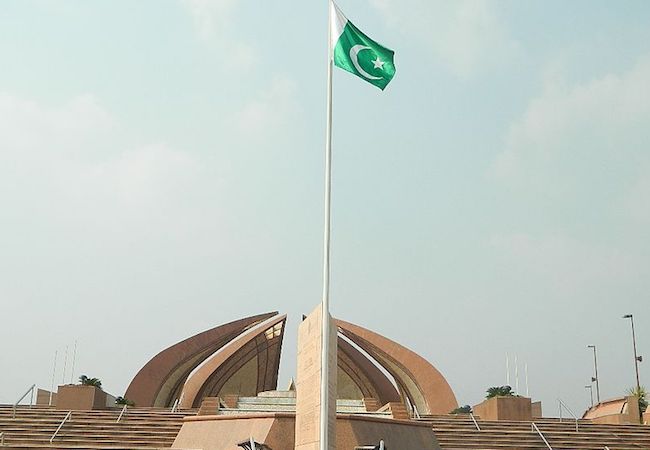
By Sadia Kazmi
Pakistan, owing to its location sits at a naturally advantageous position, which many other countries of the world do not intrinsically enjoy. One such advantage is that Pakistan has its own sea towards the South which enhances its importance for having maritime borders. The excess to sea provides Pakistan with an immense potential to ship bigger volumes of cargo in less time and enhance its trade activity and be part of the globalized economy. There is no denying the fact that coastlines have always played a crucial role in cultivating a vibrant economic and trade culture for the states. Most of the economic centers of the world are located near the seas. While there is a complete understanding of this aspect among the policy makers in both China and Pakistan, yet the maritime sector of Pakistan needs much needed attention to develop and start delivering on its promised potential. Keeping this very dimension in mind, the Gwadar port occupies the central position in the CPEC project.
The vast coastline of Pakistan naturally offers the option of deep sea water ports which means a much bigger volume of ship could be stationed along the coastline. This in turn directly have positive implication for the trade volume that could be undertaken. In this regard Port Qasim and Gwadar Port could be utilized to their maximum potential. However, first there is a need to plan a right strategy to exploit this option positively, as these coastlines between the two ports are still quite underdeveloped with insufficient human resource equipped with the relevant skills. Only then the maritime sustainability could be ensured. Not just that but the full potential and success of the CPEC project will only be gauged through the development in all the sectors of the states. Taking example from China, the Maritime Silk Route figures prominently in its Belt and Road Initiative. One can see that China’s state-owned companies are vigorously busy in developing its network along the maritime route.
The idea behind this commitment comes from President Xi’s vision which talks about upholding the existing international maritime order with openness, cooperation and inclusive development to improve the investment environment and achieve market-based operations and multi-stakeholder participation in the maritime sector. It is believed that this vision specifically promotes the development of a blue economy, ocean-based prosperity, maritime security, innovative growth, and collaborative governance. These ideals are a linchpin for the maritime sector development of any state. Pakistan also needs to learn from this. While the CPEC project banks mostly upon the smooth functioning of the ports yet the maritime sector of Pakistan requires proper policy guidance. There needs to pay a major attention to securing and developing sea routes. As Pakistan’s trade, economic and technological indicators are showing a hopeful picture, largely owing to the CPEC project, it is equally important to tap the economic potential of the maritime sector. This should be formally given space and accommodated within the LTP under CPEC. Pakistan will be able to open for itself the global gateways with increased interconnectivity and boost in maritime trade. This could ultimately serve as a huge catalyst for an overall growth of the state.
Some work is already underway though such as the completion of the first phase of the Gwadar Port; the regular shipping service by the China Ocean Shipping Company (Cosco) from Gwadar; and the decision to develop Keti Bandar Port in Sindh under CPEC, heralds a new beginning for our stagnant maritime sector. In addition to this, according to some officially quoted figures, development of the maritime sector will help boost socioeconomic benefits for Pakistan by creating employment opportunities. Pakistan’s maritime sector has the potential to create between 500,000 and 1,000,000 jobs, if it is comprehensively developed and made operational at optimum capacity. No doubt the development of maritime sector is not an easy task nor is there a shortcut to it. Nonetheless, a timely, comprehensive and a wide ranging policy development implemented with a certain consistency will bear fruitful results.




